Here are facts about Mumbai’s slums, covering their history, living conditions, economy, and more:
When people think of Mumbai, they often picture two extremes: glitzy Bollywood and towering skyscrapers on one hand, and on the other—the slums. These cramped, chaotic, colorful neighborhoods are an inseparable part of the city’s identity. Yes, they’re filled with challenges—but also with dreams, hustle, and an incredible sense of community.
This isn’t a sob story, though. It’s a look into the heart of Mumbai you won’t see in glossy travel brochures, but one that beats just as loudly—if not louder.
What Exactly Is a Slum?
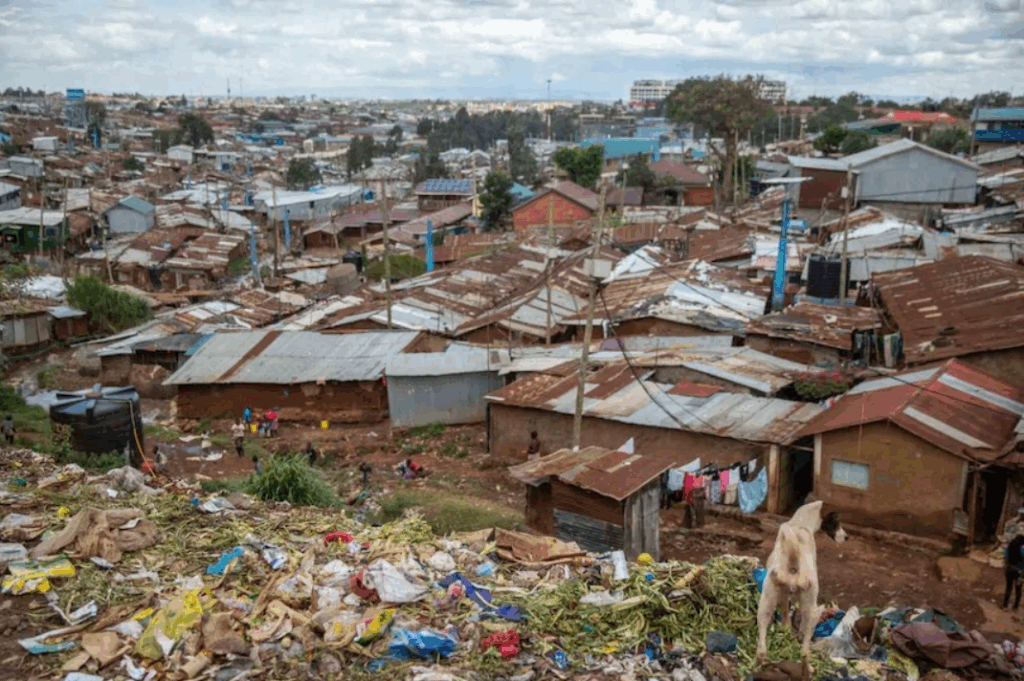
Let’s clear the air first. A slum isn’t just a cluster of shanties. It’s a densely populated area where people live in temporary or semi-permanent houses, often without formal legal ownership. Access to clean water, toilets, electricity, and basic amenities is a daily struggle.
But even in the toughest conditions, life doesn’t stop. In fact, in Mumbai’s slums, life buzzes with more energy than many “posh” neighborhoods. There’s laughter, music, street cricket, chai stalls, and a never-say-die attitude that’ll make you stop and admire.
Dharavi: The Most Famous Slum in the World
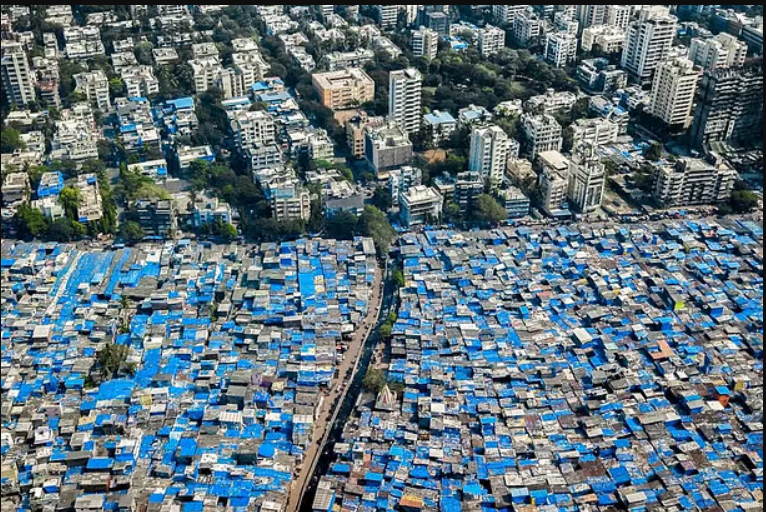
Let’s talk about Dharavi, the OG of Mumbai slums. You’ve probably heard of it—it was featured in Slumdog Millionaire and has been the subject of countless documentaries.
Spread across just 2.1 square kilometers, over a million people live here. That’s like squeezing the entire population of Iceland into one neighborhood! It’s crowded, yes—but also surprisingly organized in its own chaotic way.
Fun fact: Dharavi isn’t just a residential area. It’s a massive economic engine, with thousands of small-scale industries—leather goods, pottery, textiles, recycling—you name it. It’s said that Dharavi generates over $1 billion annually. Let that sink in.
Life in the Lanes
Walk through any slum in Mumbai—Dharavi, Govandi, Kurla, or Mankhurd—and you’ll find a world within a world.
There are tiny houses stacked like Tetris, with people living in 8×10 ft rooms. One room might serve as a bedroom, kitchen, and living area all at once. The walls might be tin or concrete, but they’re decorated with pride—film posters, wedding photos, and sometimes fairy lights.
Kids play in the narrow lanes. Neighbors chat from windows. The smells of home-cooked meals float in the air—dal, roti, sometimes Chinese fried rice, or spicy vada pav. It’s noisy, lively, and full of character.
And somehow, amidst all this, everyone knows each other. There’s a deep sense of community that you won’t find in high-rise apartments. Need help? The neighbor’s already at your doorstep.
The Daily Struggles
Let’s not sugarcoat it—life in Mumbai’s slums is tough.
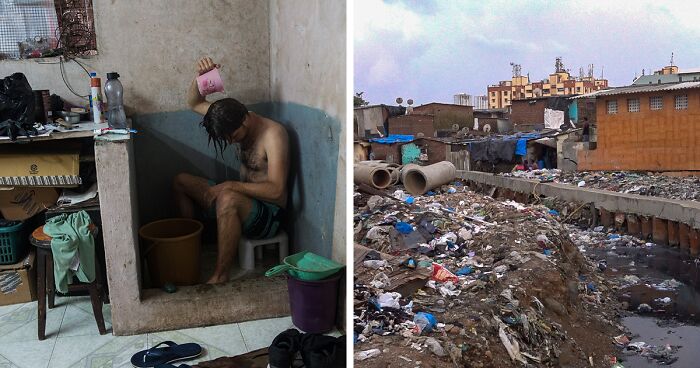
- Water: Many slum dwellers get water for only a couple of hours a day—if at all. They store it in buckets and tanks like it’s gold.
- Sanitation: Shared toilets are the norm. Some areas have no toilets at all. Open defecation is still a grim reality in some places.
- Electricity and Fire Hazards: Illegal wiring is common, and with houses built so close together, fires spread fast.
- Education & Health: Access to quality schools and hospitals is limited. Children often drop out early to support their families.
But here’s the wild thing: people don’t give up. They work, they save, they send their kids to tuition classes, and they dream big. Some even rise out of the slums and make it big—like business owners, lawyers, actors, and engineers.
The Hustle Is Real
You’ll find entrepreneurs everywhere. Someone runs a tailoring unit out of their house. Another sells phone covers on the roadside. There’s a guy making samosas that are famous in the whole neighborhood. And yes, there are entire recycling businesses being run from these homes—sorting, cleaning, repackaging plastic, cardboard, and metal.
One of the most inspiring things about Mumbai’s slums is this spirit of hustle. People find a way to make things work. There’s no 9-to-5 here—work is 24/7, whenever and wherever you can grab it.
Art, Culture, and Dreams
You know what else lives in Mumbai slums? Art.

There are graffiti walls in Dharavi painted by artists from around the world. Kids rap, dance, and even learn filmmaking. There are NGOs running photography classes, storytelling workshops, and music sessions.
The kids here aren’t just dreaming of escaping the slums—they’re dreaming of changing the world from within them. Some are YouTubers, some are poets, and some are activists. They’re proof that talent doesn’t need a fancy address.
Are All Slums the Same? Nope.
Mumbai has over 1,000 slum pockets. Some, like Dharavi, are more developed and organized. Others are informal settlements that spring up overnight—under flyovers, along railway lines, or near construction sites.
Some slums have basic amenities and concrete houses. Others have plastic sheets for roofs. The government has declared some as “legal” slums, while others are “encroachments” and risk being demolished anytime.
It’s a complex situation. And at the center of it all? People just trying to survive, thrive, and live with dignity.
Bollywood & the Slum Narrative
Let’s be honest—Bollywood hasn’t always been kind to slums. It often shows them as places of crime, misery, and sadness. Films like Slumdog Millionaire made the slums famous, sure—but also painted them in a way that missed the warmth, pride, and resilience of the people living there.
Not every slum kid is begging or running from gangsters. Some are topping exams, starting startups, and organizing street clean-up drives. That’s the real story that deserves to be told more.
So, What’s Being Done?
Slum redevelopment has been a buzzword in Mumbai for years. The idea is to replace slums with proper housing, but it’s complicated. Land issues, corruption, lack of trust, and long delays have slowed things down.
Some successful examples exist—like parts of Dharavi and some SRA (Slum Rehabilitation Authority) projects—but it’s still a long road ahead. Many residents fear being displaced or relocated far from their jobs, schools, and communities.
What’s needed is inclusive planning, community involvement, and a whole lot of political will.
Final Thoughts: More Than Meets the Eye
Mumbai’s slums may look like crumbling settlements to an outsider. But if you take the time to look closer, you’ll see something extraordinary. People building lives out of nothing, fighting every day not just to survive, but to rise.
There’s joy in those lanes. There’s culture, resilience, dreams, and above all—hope.
So the next time you hear the word “slum,” don’t just think of poverty. Think of courage. Think of children chasing kites across rooftops. Think of women running home-based businesses. Think of students studying by candlelight to change their future.
Because in those narrow, bustling lanes, you’ll find something that even the fanciest skyscraper might not have—heart.


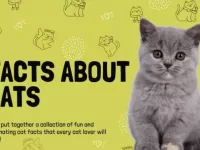


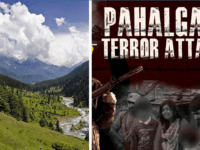
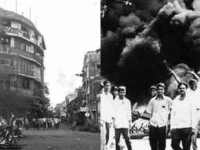















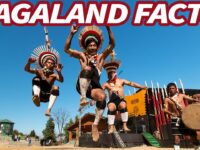
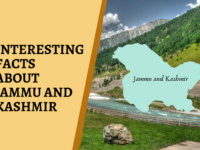
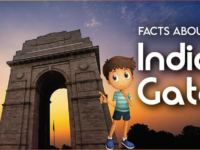












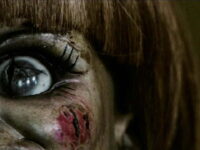










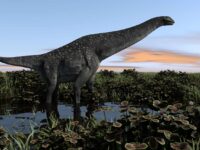


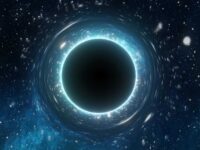

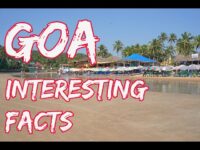







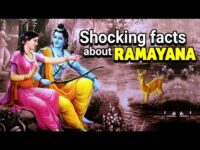

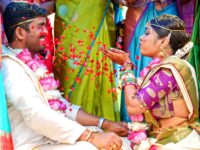

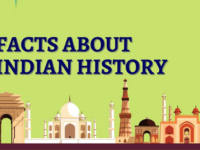


















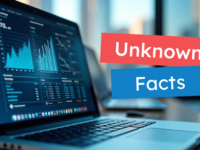




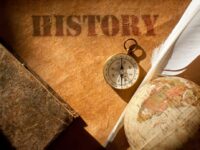














0 Comments